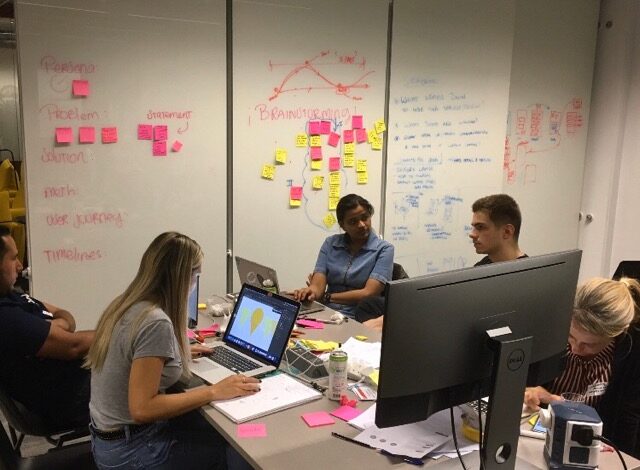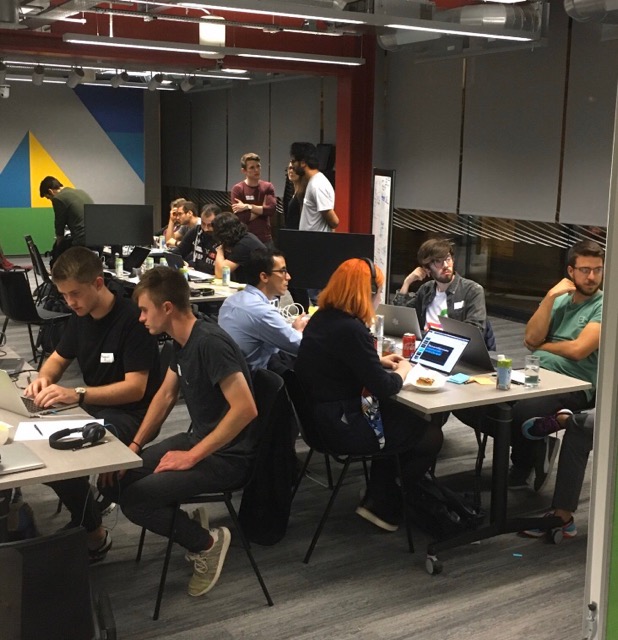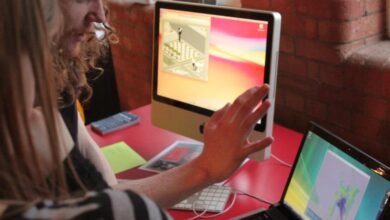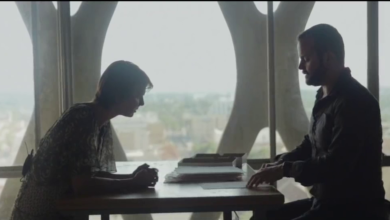
We love to travel, but how to make it more CO2 efficient?
How to hack travel – and save CO2 footprint
HackTravel took place in early October, with travel fans with a climate change anxiety joined forces.
By Dan Stapleton (Cybersalon.org and recent Physics graduate from Bath University)
I joined another full stack developer, where we quickly formed a team quickly of two python data scientists (including me) and 2 front end engineers. We designed an app titled Through Our Eyes with an ambitious but relatively simple idea: - Create a city tour guide that used text-to-speech audio to non-invasively direct app user to something within a specified time away from current user - Aim: to discover local business (often similar business of type exist in clusters) not online vs taking long direct journeys to places far away that the internet says is good -> Encourages walking and taking public transport which have low CO2 foodprint. - Encourages user to ignore instructions and visit locations that they physically see vs what is just on the map but takes you also to established locations of interest so you always feel a sense that you’re going somewhere nice -> sort of like a game/discovery element - Provides direction for blind and hard-of-hearing much like how you would describe a route to someone in person – i.e take the first left when you reach the first pub on the corner - Would sample available open source audio recordings such as Queen Mary’s University city tour say if interest was in history to play while you walk

Tech and tools we used: - Google development tools for Google Assistant and voice recognition for interacting with the app to stop having to reach for phone - OpenStreetMap (OSM) Location API since open source so not bias to financial promotion - Flask and gevent python libraries for production python webhook - Javascript React for front end design and media player What we achieved: - Basic Google Assistant integration - Assistant would initially ask, what you are interested in, where do you want to go ultimately, and how long do you have available - Simple Front end design that populates a map with corresponding locations of interest and supports audio player - Python Backend Webhook to host python scripts on server listing to html requests - Python script gathering and filtering location data based on assistant POST message input from OSM API - Hard-coded Queen Mary’s Audio city tour into app for ambient audio-player
What we would like to improve/add:
– App would plan itinerary route between locations of interest based on time available
– Adaptive route planning that keeps telling you to move forward when possible and still get to target destination (maybe slightly longer) -> unlike satnav that keeps telling you to do U-turn
– Assistant would listen for voice commands during tour - Integrate with Google Places API/websearch to get more information about places on walk, i.e program a response to “what is ahead of me?”
– Encourage development of API/ database of geolocated audiofiles
Email [email protected] for more travel hackathons




